ADVOCACY UPDATES!
Fall 2023: The Preservation League of New York State and the National Trust for Historic Preservation voice their support for the local advocates behind the Brooks-Park Arts and Nature Center (BPANC) and their management plan for the Brooks-Park Home and Studios in Springs.
Click HERE to read the joint letter to the Town of East Hampton Supervisor and Members of the Town Council from the Preservation League of New York State and the National Trust for Historic Preservation.
Spring 2023: A buildings conditions report was issued for the Brooks-Park Arts and Nature Center located in the Springs community of East Hampton, one of our 2021 Endangered Historic Places.
In January 2023, JHPA, Inc. undertook a site review to provide a Building Conditions Survey Report of the four buildings at the Brooks/Park Arts and Nature Center. This report was prepared for the Town of East Hampton for the purpose of determining the general conditions of the building exterior envelopes and interior elements, thus the information included herein is intended to guide stakeholders in determining what interventions are necessary to retain as much historic materials and systems as possible while maintaining a collection of buildings that are as historically authentic as possible, are evocative of the James Brooks and Charlotte Park residency, and can be interpreted as such. It may be necessary to add additional systems and materials to the buildings, and to the site, depending upon what ultimate program use is determined. Total budget to complete recommended interventions is approximately $3 million dollars.
To read the full report click here
ACTION ALERT!
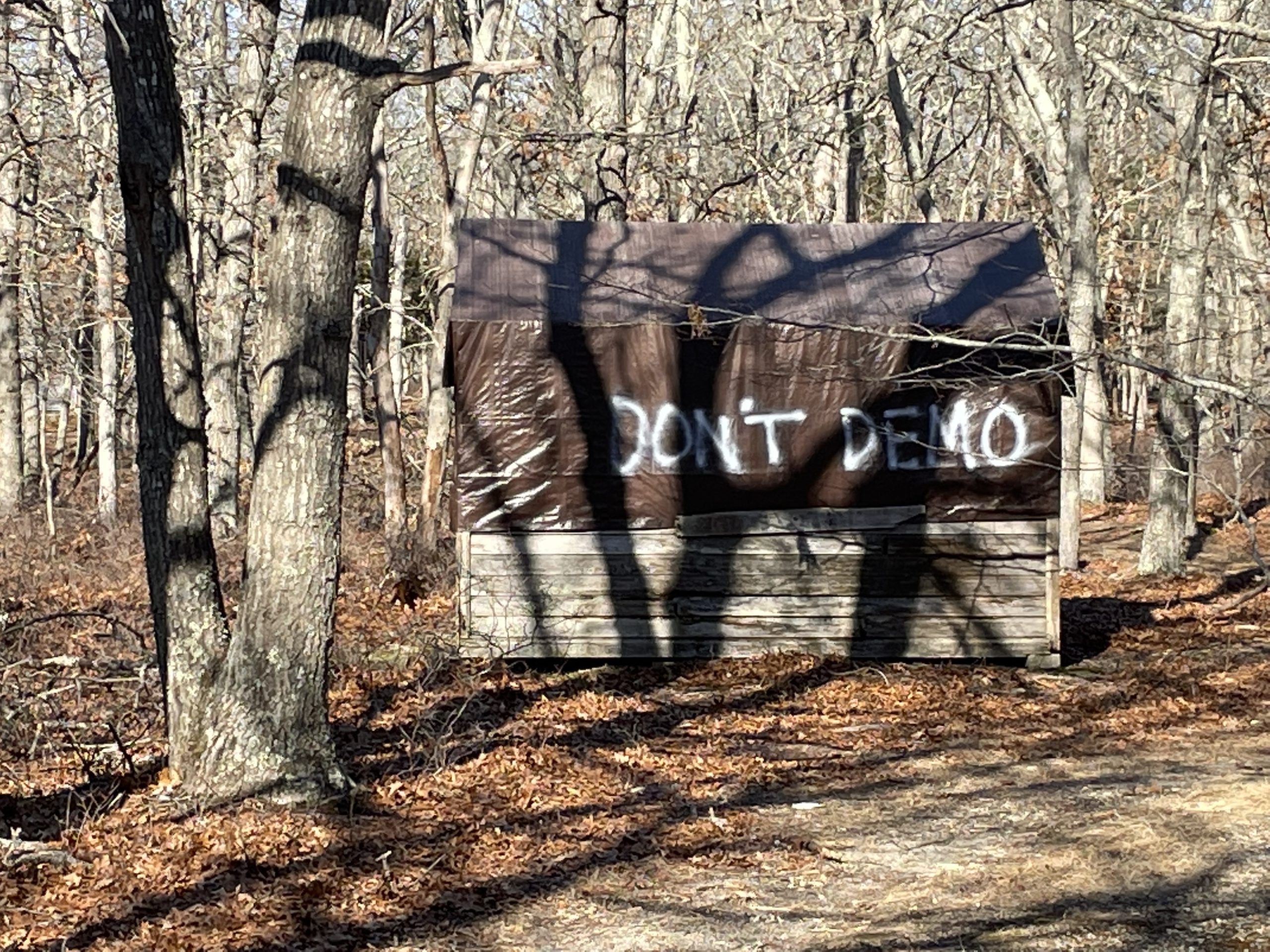
Attention East Hamptonites! Please join Preservation Long Island, Marietta Gavaris and the Brooks-Park Arts and Nature Center (a new nonprofit), the National Trust for Historic Preservation, and the Preservation League of New York State in advocating for James Brooks and Charlotte Park Home and Studios, located in the Springs community of East Hampton, NY.
Please call (631-324-4141) or email East Hampton Town officials and ask them to hire a qualified preservation architect to assess Brooks-Park and develop a preservation plan. Funding for this work may be allocated from the remaining $2.7 million of available CPF tax revenue for 2022.
- Peter Van Scoyoc East Hampton Town Supervisor
- Kathee Burke-Gonzalez East Hampton Town Deputy Supervisor
- David Lys East Hampton Town Board Member
- Sylvia Overby East Hampton Town Board Member
- Cate Rogers East Hampton Town Board Member
Brooks-Park is an internationally significant site purchased by East Hampton Town in 2013 via the local government’s Community Preservation Fund (CPF) program. Over the past decade, Brooks-Park has faced vacancy, vandalism, disrepair, and even the threat of town-funded demolition. Despite widespread public interest, progress is mired by a lack of dedicated funding, despite explicit provisions requiring that “historic and cultural resources shall be managed and maintained in a manner which is consistent with accepted standards for historic preservation” (§ 112-1-50A[4] of the East Hampton Town Code, see also § 64-E.9[d] of the enabling New York Town Law for the Peconic Bay Region Community Preservation Fund).
Hiring qualified historic preservation staff or consultants to effectively implement the Town CPF program (as per § 64-E.13 of the enabling New York Town Law) would help efficiently manage and maintain Brooks-Parks and other sites following accepted standards in collaboration with local community partners. More direct professional support from the Town CPF program would also enable local volunteers and nonprofit partners to focus their limited resources on providing public programming at CPF sites rather than property management. Unfortunately, the Town CPF program does not currently employ any fulltime historic preservation staff.
Additional CPF funding appears to be available for hiring professional staff and other initiatives. Each year the Town may spend up to 10% of its available CPF tax revenue towards management and stewardship expenses at town-owned CPF sites (as per Section 112-1-35C of the Town Code and the 2022 CPF Management and Stewardship Plan adopted by Town Board Resolution 2022-403). Unfortunately, the Town Board has only budgeted $1.5 million of the $4.2 million available for management and stewardship expenses this year. We hope the Town Board will amend the 2022 CPF Management and Stewardship Plan to invest the remaining $2.7 million in available funds towards moving historic preservation forward at Brooks-Park and other CPF sites this year.
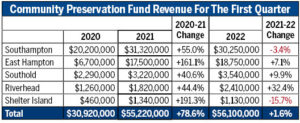
CPF tax revenues continue to soar along with the East End’s record-setting real estate market. March of 2022 was the 18th consecutive month that CPF tax revenue exceeded $10 million in a single month. As an abundance of new CPF revenue becomes available for investment in community projects, the time is right to maximize preservation benefits for East End communities. Land conservation and historic preservation need not be mutually exclusive, in fact, these goals enhance each other. We hope to see historic preservation initiatives better integrated with open space and agricultural land conservation to protect both the historical and environmental aspects of our region’s cultural landscapes.

Why is Brooks-Park Home and Studios historically significant?
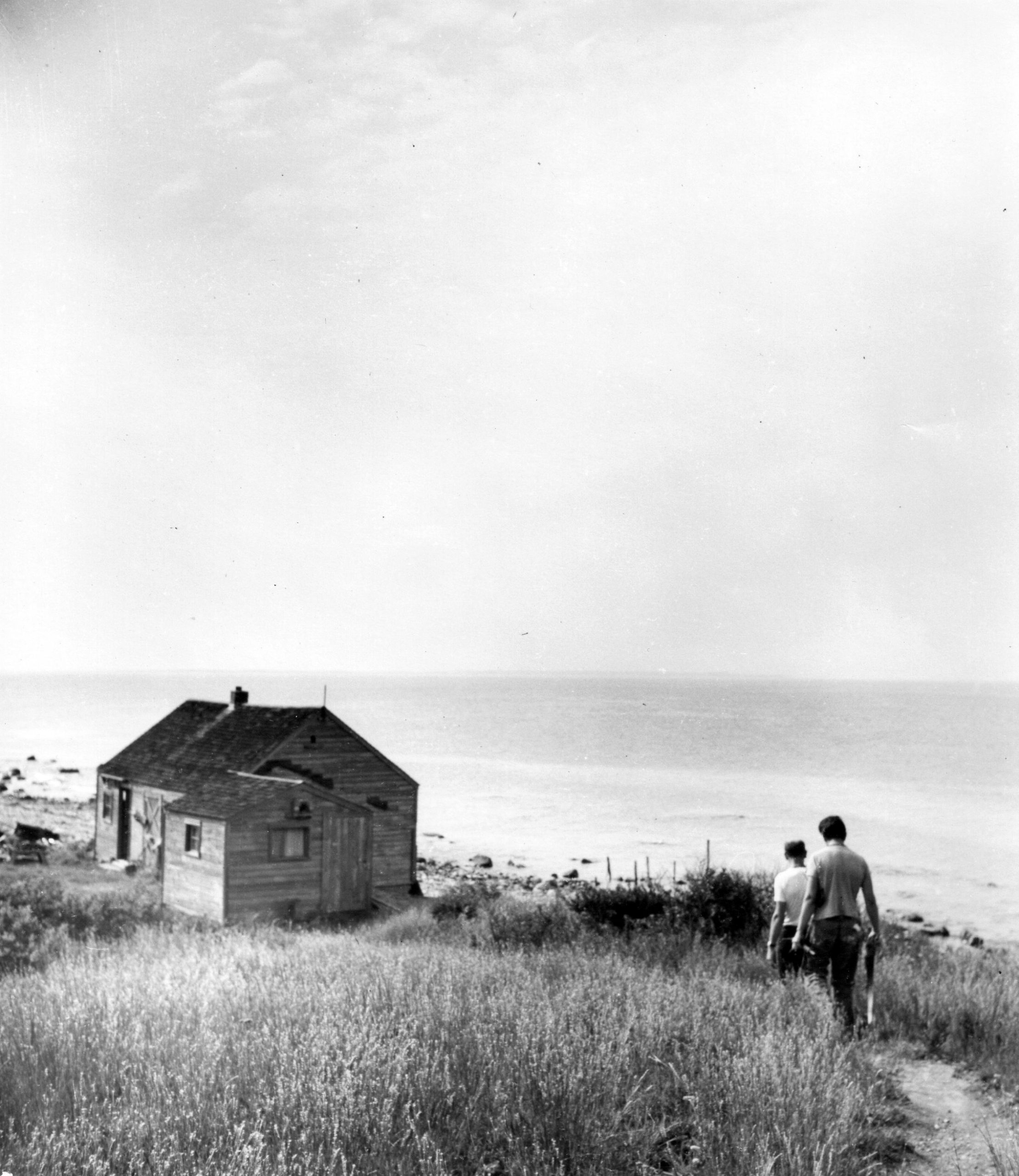
James Brooks (1906–1992) and Charlotte Park (1918–2010) were pioneers of the Abstract Expressionism movement. They settled in the Springs community of East Hampton to be near friends and fellow artists who also lived and worked in the area, including Jackson Pollock (1912–1956) and Lee Krasner (1908–1984).
The site features: James Brooks’s Studio, a vernacular modernist-style structure built in 1959; Charlotte Park’s Studio, also known as the former Wainscott Post Office, relocated from Main Street ca. 1970/1; and the artists’ residence, a 19th-century timber-frame cottage relocated from Montauk in 1957. The buildings are designated as town historic landmarks and eligible for listing on the National Register of Historic Places.
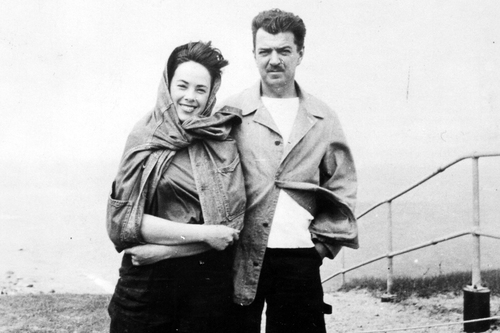
Why is Brooks-Park Home and Studios endangered?
This site is threatened by vacancy, vandalism, disrepair, and possibly town-funded demolition. Despite widespread public interest, progress is limited by insufficient CPF investment in historic preservation initiatives, as well as a lack of professional historic preservation staff within East Hampton Town’s CPF program. Years of delayed maintenance and ongoing deterioration at Brooks-Park demonstrate the urgent need for qualified professional staff or consultants with expertise in historic preservation to ensure that historic CPF properties are accessible to the public and maintained in accordance with recognized standards.

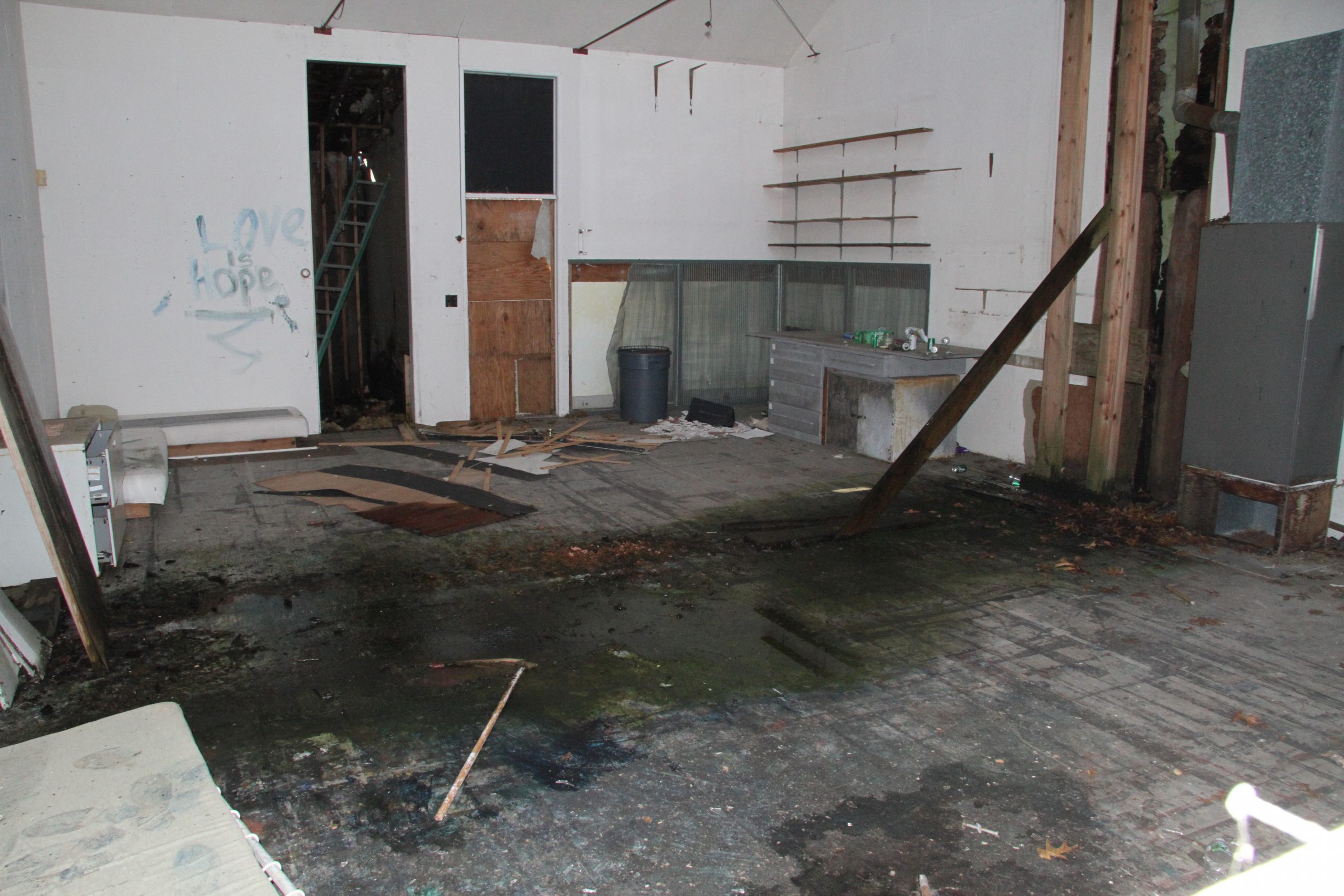
How can Brooks-Park Home and Studios be preserved?
Preservation Long Island recommends East Hampton Town officials consider the following actions for preserving this site:
• Fully stabilize, secure, and mothball all structures as soon as possible.
• Hire qualified historic preservation professional(s) to enhance the Town CPF program. Such staffers could help develop and administer appropriate management and stewardship plans for Brooks-Park and other CPF sites in collaboration with local community partners.
• Appoint community members with experience or expertise in historic preservation, preservation planning, historic resources management, and/or public history to serve on the Town’s CPF Advisory Board and the Property Management Committee.
• Open all meetings of Town Property Management Committee to public observation, even when no public hearings are scheduled.
• Accommodate a diversity of mixed uses and public programming supported by partnerships with multiple nonprofit partners. Historic preservation need not preclude or prevent a variety of complementary mixed uses, for example: historic interpretation and art history programs, studio space for local artists, outdoor activities and events, as well as nature and hiking trails. Such uses would complement the area’s renowned art museums, e.g., the Pollack-Krasner House and Study Center and the Parrish Art Museum.
• Leverage pledges of CPF tax revenue to raise dollar-for-dollar matching contributions from private donors and foundations. Private matching funds could help support rehabilitation work, as well as public programming provided by nonprofit stewardship partners.
• Seek additional guidance for preservation planning and decision-making from experts at New York State Historic Preservation Office’s Technical Preservation Services Bureau.
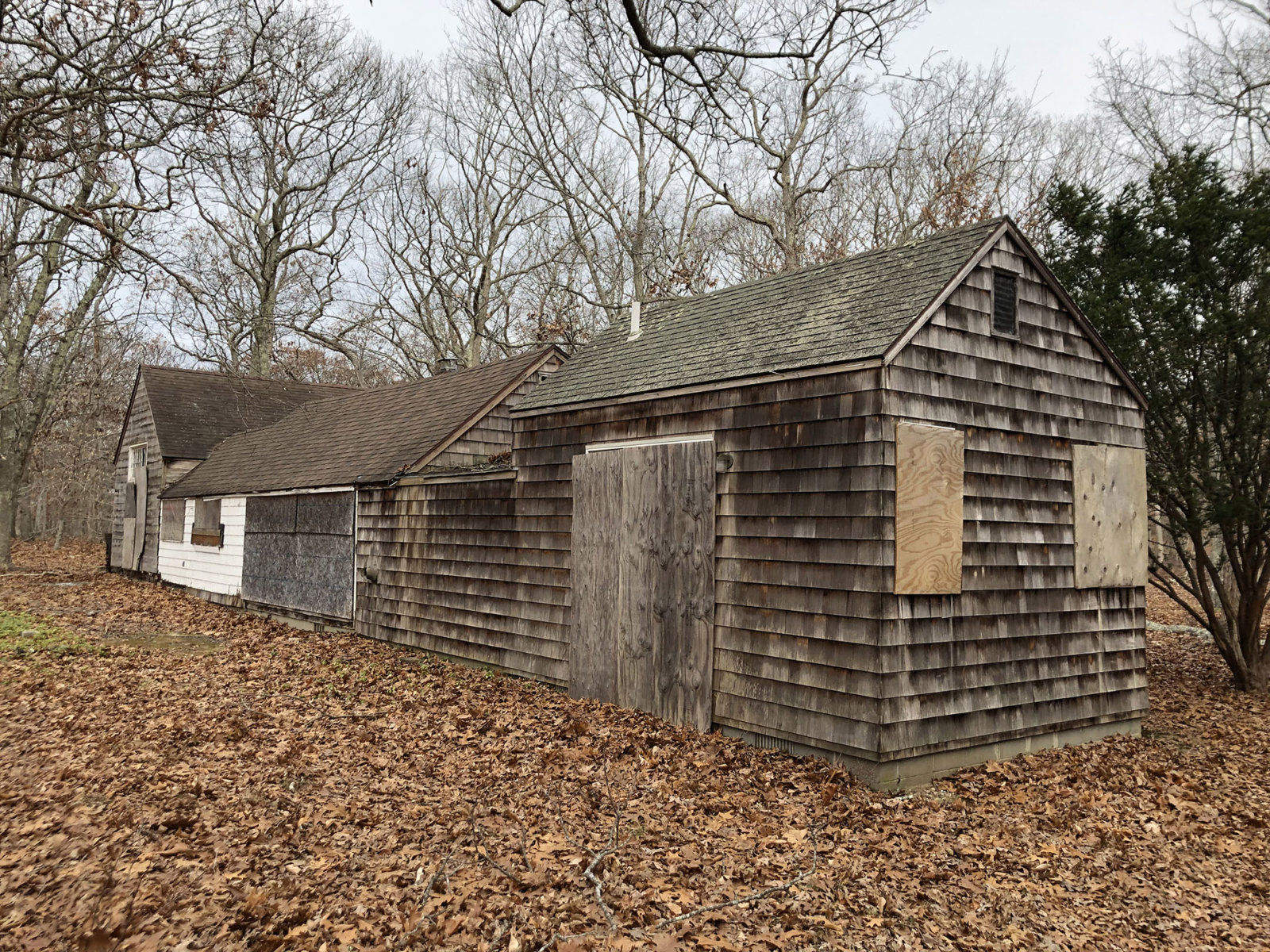
Preservation Long Island’s Endangered Historic Places Program is made possible in part by a grant from the New York State Council on the Arts with the support of the Governor and the New York State Legislature.




